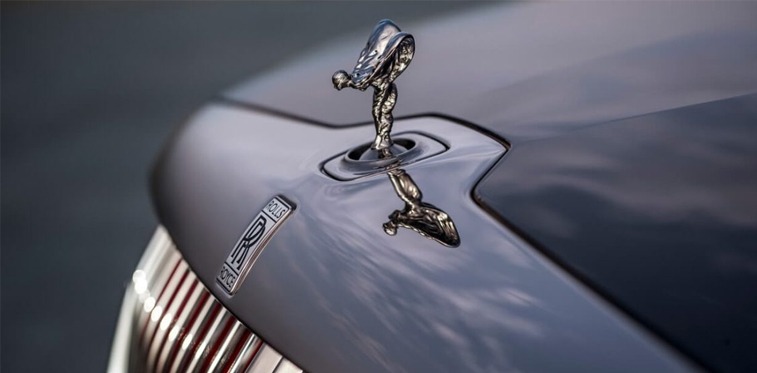The first Mercedes-Benz car – when and how did the first Mercedes come into existence?
29 / 03 / 2024The first car bearing the name Mercedes was produced in 1900, and behind its creation lies a fascinating story of innovation, vision, and success that shaped the automotive industry.
Today, Mercedes is not just a brand; it is a symbol of prestige, quality, and technological advancement. This article will provide you with insight into the beginnings of the Mercedes brand, its history, and the significance it holds today.
The Beginning of a Legend
The name of the first Mercedes car comes from Mercedes Jellinek, the daughter of Emil Jellinek, an Austrian businessman who was one of the most significant promoters and customers of Daimler-Motoren-Gesellschaft (DMG) automobiles.
Emil Jellinek was fascinated by cars and had a vision of a car that would be faster, more reliable, and more elegant than any others available on the market at that time. In 1900, Jellinek commissioned a special car from DMG, insisting that the new model be named Mercedes, after his daughter.
Technical Innovations
The first Mercedes, officially known as the Mercedes 35 HP, was revolutionary. It was designed by Wilhelm Maybach, the chief engineer of the DMG company at the time, and the car was unveiled in March 1901. The Mercedes 35 HP was far ahead of its time in terms of design and performance. With its low center of gravity, lightweight yet powerful engine, and innovative cooling concept, it set new standards in the automotive industry.
One of the most significant features was its exceptional engine construction.
The engine was positioned low in the chassis, resulting in better weight distribution and a lowered center of gravity. This drastically improved the vehicle’s handling and stability, making it not only faster on straightaways but also more agile in corners.
Additionally, the Mercedes 35 HP featured an innovative air-cooling system, unlike most cars of the time that used water cooling. This system contributed to reducing the vehicle’s weight and improving its performance. Maybach also designed a sophisticated fuel system, enabling more efficient combustion and greater power.
The Mercedes 35 HP was equipped with a four-cylinder 5.9-liter engine, producing an impressive 35 horsepower – a massive power output for that era. The car could reach speeds of over 75 km/h, which was extraordinary considering the standards of the early 20th century.
The design of the car was also revolutionary, with its distinctive low silhouette and elegant lines reflecting speed and sophistication.

Impact on the Automotive Industry
The Mercedes 35 HP not only laid the groundwork for the future development of the Mercedes-Benz brand but also permanently changed the automotive industry. Its innovations in design and engineering became standards that other manufacturers followed. Emil Jellinek continued to work with DMG, and his influence and commitment to quality and innovation helped shape the Mercedes brand as a symbol of luxury and performance.
Global Influence and Brand Expansion
The Mercedes 35 HP significantly influenced not only the automotive industry in Germany but also on a global scale. The success of this model helped establish Germany as a center of innovation in the automotive industry at the beginning of the 20th century. Mercedes cars became a symbol of technological superiority, luxury, and prestige, attracting customers from high society, including royal families and business magnates worldwide.
Interestingly, while best known for luxury sedans, the company developed a range of sports cars, and while focusing on land vehicles, it also produced engines for speedboats, as well as military and civilian aircraft, and even airships.
Legacy and Significance
Today, Mercedes-Benz is one of the leading manufacturers of luxury cars worldwide, known for its commitment to innovation, safety, and comfort.
The first Mercedes 35 HP was a catalyst that sparked the evolution of the brand and set high standards that Mercedes-Benz continues to meet. This car not only symbolizes the beginning of the era of luxury automobiles but also represents the foundation on which the reputation of Mercedes-Benz as a leader in the automotive industry was built.
The first Mercedes was not just a car; it was a visionary project that paved the way for new technologies and design principles in the automotive industry. Through a combination of innovative design, technical superiority, and the marketing genius of Emil Jellinek, the Mercedes 35 HP became a legend that lives on today. The history of the first Mercedes is a story of ambition, innovation, and success that shaped the future of mobility.
To experience a ride that combines elegance and efficiency just like Mercedes-Benz has been doing for over a century, contact us and reserve your place in luxurious BG Diplomat vehicles.












